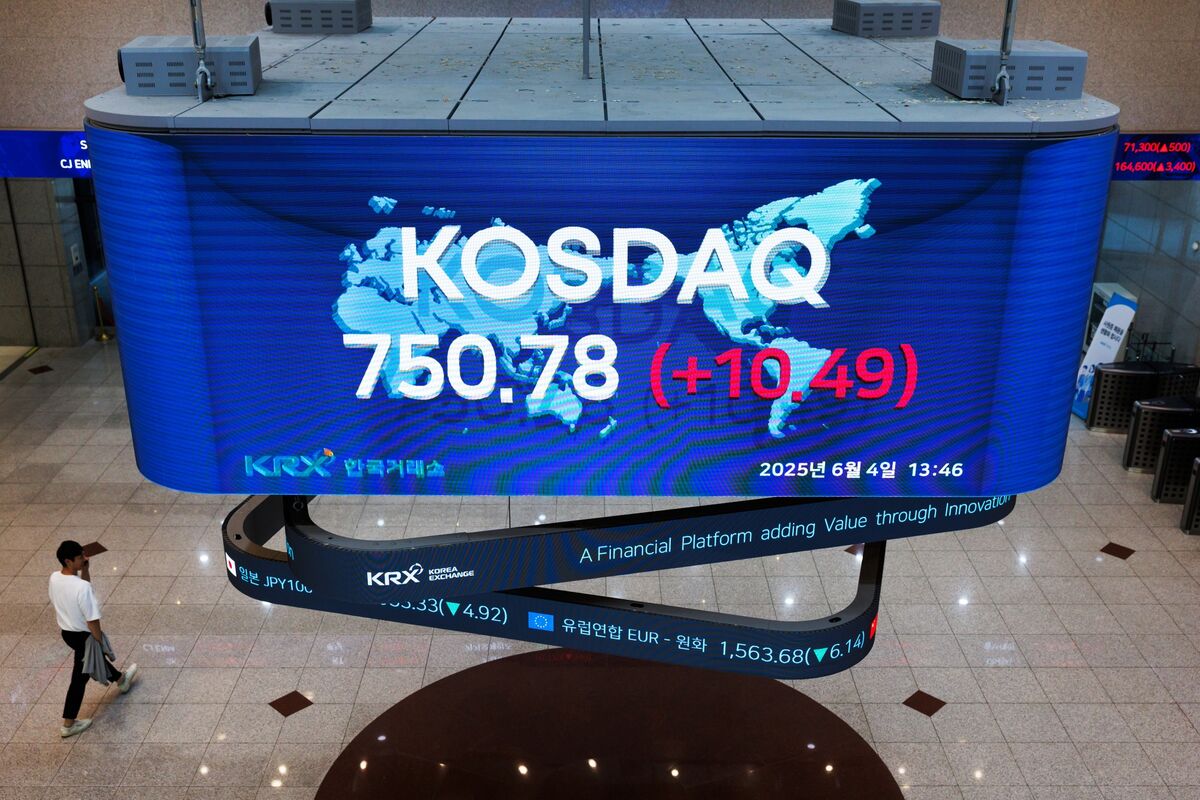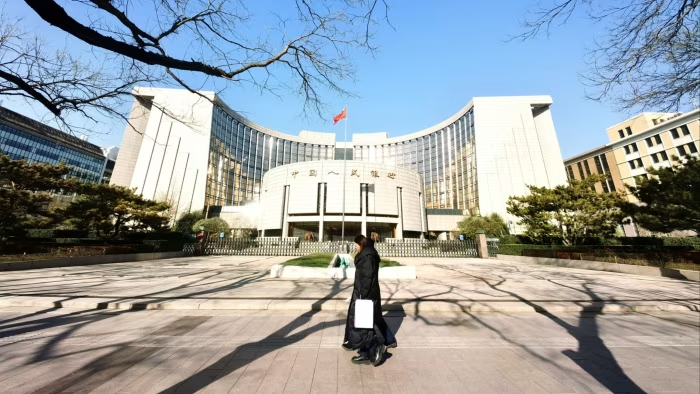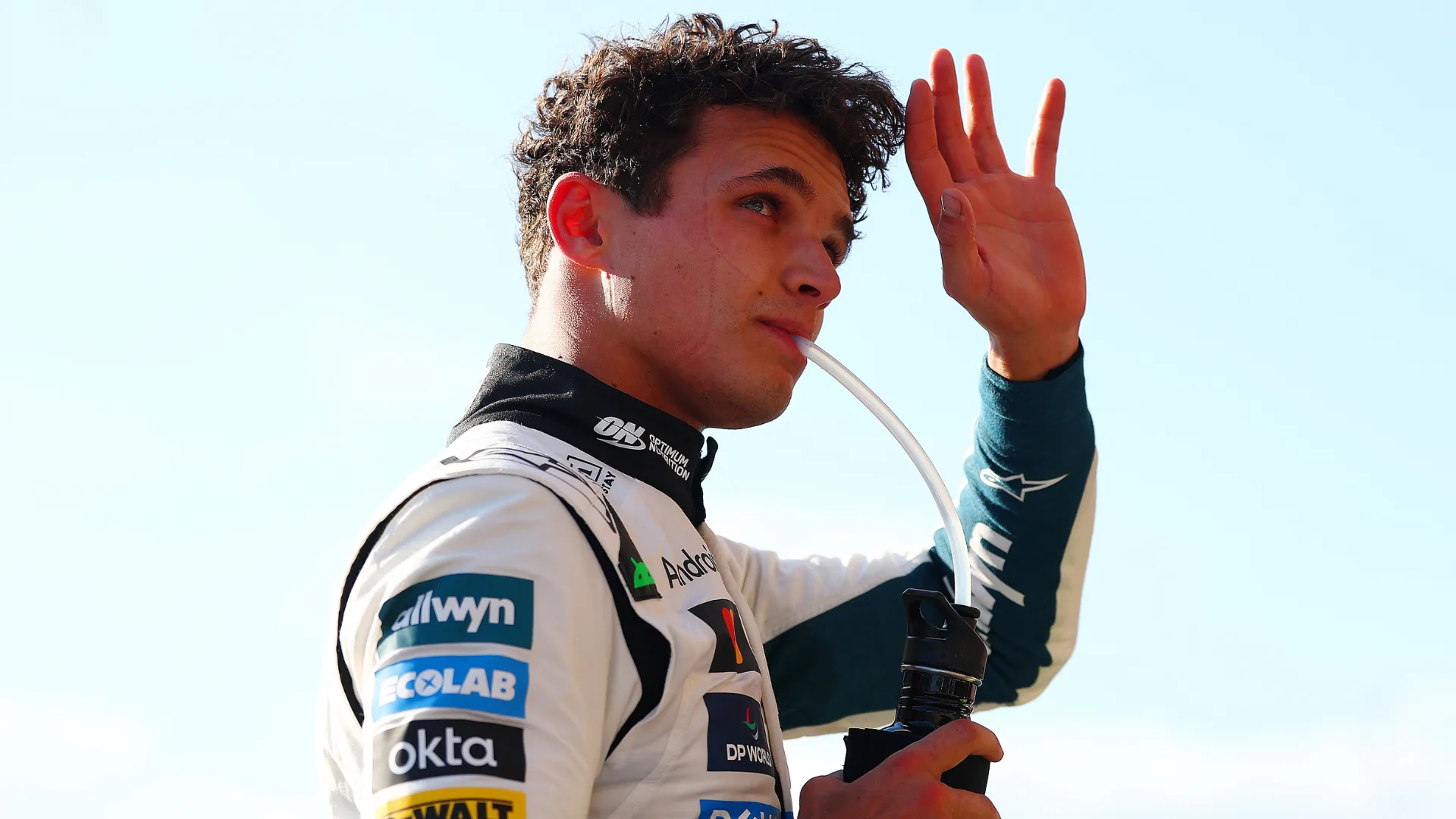Passive investing in index funds can generate returns that roughly match the overall market. But in our experience, buying the right stocks can give your wealth a significant boost. For example, the Objective Corporation Limited (ASX:OCL) share price is 45% higher than it was five years ago, which is more than the market average. It’s fair to say the stock has continued its long term trend in the last year, over which it has risen 24%.
Since the long term performance has been good but there’s been a recent pullback of 4.5%, let’s check if the fundamentals match the share price.
This technology could replace computers: discover the 20 stocks are working to make quantum computing a reality.
In his essay The Superinvestors of Graham-and-Doddsville Warren Buffett described how share prices do not always rationally reflect the value of a business. One flawed but reasonable way to assess how sentiment around a company has changed is to compare the earnings per share (EPS) with the share price.
During five years of share price growth, Objective achieved compound earnings per share (EPS) growth of 26% per year. This EPS growth is higher than the 8% average annual increase in the share price. So one could conclude that the broader market has become more cautious towards the stock. Of course, with a P/E ratio of 50.83, the market remains optimistic.
You can see how EPS has changed over time in the image below (click on the chart to see the exact values).
It’s probably worth noting that the CEO is paid less than the median at similar sized companies. But while CEO remuneration is always worth checking, the really important question is whether the company can grow earnings going forward. Before buying or selling a stock, we always recommend a close examination of historic growth trends, available here..
It is important to consider the total shareholder return, as well as the share price return, for any given stock. Whereas the share price return only reflects the change in the share price, the TSR includes the value of dividends (assuming they were reinvested) and the benefit of any discounted capital raising or spin-off. It’s fair to say that the TSR gives a more complete picture for stocks that pay a dividend. As it happens, Objective’s TSR for the last 5 years was 52%, which exceeds the share price return mentioned earlier. This is largely a result of its dividend payments!
It’s good to see that Objective has rewarded shareholders with a total shareholder return of 26% in the last twelve months. And that does include the dividend. That’s better than the annualised return of 9% over half a decade, implying that the company is doing better recently. Someone with an optimistic perspective could view the recent improvement in TSR as indicating that the business itself is getting better with time. Most investors take the time to check the data on insider transactions. You can click here to see if insiders have been buying or selling.











